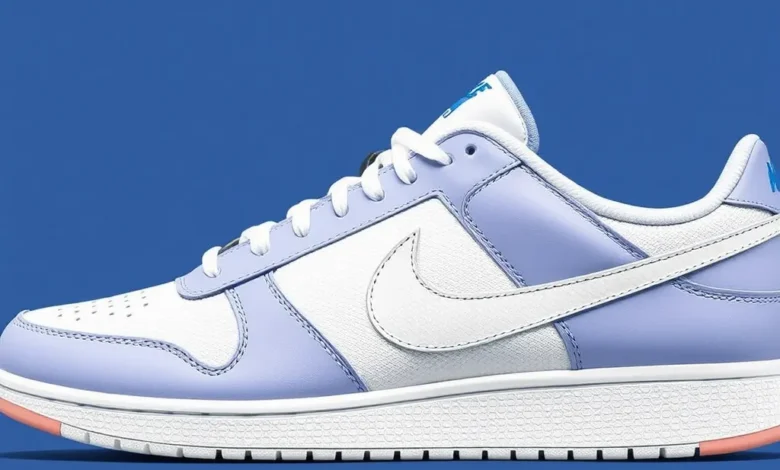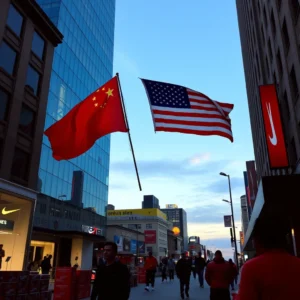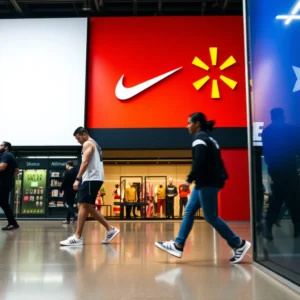Nike Faces $1 Billion Tariff Bill: The Impact of Trade Policy on Global Brands

Nike, one of the world’s most iconic sportswear brands, is confronting a dramatic new challenge: a $1 billion tariff bill stemming from recent U.S. trade policy shifts. This development not only threatens Nike’s bottom line but also serves as a case study in how global brands must navigate the increasingly complex landscape of international trade, supply chain management, and shifting consumer expectations.
The Tariff Shock: How Did We Get Here?
The roots of Nike’s current predicament trace back to the “Liberation Day” tariffs announced by President Donald Trump in April 2025. These tariffs targeted a broad array of goods from major trading partners, with Chinese imports facing some of the steepest increases. For Nike, which has long relied on China as a cornerstone of its manufacturing and supply chain, the impact was immediate and severe. The company now projects that these tariffs will add approximately $1 billion to its costs in the coming year.
Nike’s Chief Financial Officer, Matthew Friend, described the tariffs as a “new and significant cost challenge.” The company’s net income for the fourth quarter plummeted by 86%, dropping from $1.5 billion the previous year to just $211 million. This sharp decline highlights how quickly trade policy can reshape the fortunes of even the most established global brands.
Strategic Response: Price Hikes and Supply Chain Shifts
Faced with this financial headwind, Nike has outlined a multi-pronged strategy to offset the tariff costs. The most immediate measure is a series of targeted price increases for U.S. consumers, which will be phased in throughout the fall and into fiscal 2026. Early signs suggest that some products have already seen price hikes of $5 to $10, with more to come as the company works to preserve its margins.
Beyond raising prices, Nike is accelerating efforts to diversify its supply chain. Currently, about 16% of Nike’s footwear sold in the U.S. is manufactured in China. The company aims to reduce this figure to the high single digits by the end of fiscal 2026, shifting production to alternative countries in Asia and beyond. This move is designed to minimize exposure to future tariffs and create a more resilient sourcing network.
Nike’s leadership is also working closely with suppliers and retail partners to spread out the impact of the tariffs, ensuring that the burden does not fall solely on consumers. Additionally, the company is exploring corporate cost reductions to further mitigate the financial blow.
Broader Industry Implications: A New Era for Global Brands
Nike’s experience is not unique. Major competitors like Adidas and Under Armour have also warned of price increases and supply chain adjustments in response to the new tariff regime. Retailers such as Walmart have echoed similar concerns, signaling that American consumers should brace for higher prices on a wide range of imported goods.
The era of global manufacturing as a low-cost advantage is fading. Tariffs and geopolitical tensions are forcing brands to rethink their sourcing strategies, invest in supply chain flexibility, and build more robust risk management frameworks. For Nike and its peers, this means a delicate balancing act between cost control, product quality, and consumer loyalty.
Market Reaction: Resilience Amid Uncertainty
Despite the financial hit, Nike’s stock has shown surprising resilience. After the company announced its tariff strategy and reported better-than-expected quarterly sales, shares surged by over 10%. Investors were reassured by Nike’s proactive approach to managing the crisis and its confidence that the worst may be behind it.
CEO Elliott Hill has expressed optimism about the company’s turnaround, emphasizing plans to “aggressively rightsize” key franchises like Air Force 1, Dunk, and Air Jordan. Nike’s leadership believes that by focusing on core strengths and adapting to the new trade environment, the brand can emerge stronger and more competitive.
The Consumer’s Role: Navigating Higher Prices
For consumers, the tariff-driven changes mean that the cost of popular sneakers and apparel is likely to rise. Nike is betting that its brand loyalty and product innovation will help absorb some of the price increases, but there is a risk that higher costs could dampen demand, especially among price-sensitive shoppers.
As the back-to-school season approaches, both Nike and its retail partners are closely monitoring consumer response. The company’s ability to maintain sales momentum in the face of higher prices will be a key indicator of how well it can weather the ongoing trade storm.
Looking Ahead: Lessons for Global Business
Nike’s $1 billion tariff bill is more than just a line item on a balance sheet—it’s a wake-up call for global brands operating in an era of rising protectionism and supply chain complexity. The company’s response—combining price adjustments, supply chain diversification, and operational efficiency—offers a blueprint for resilience in uncertain times.
As trade policies continue to evolve, brands that can adapt quickly, communicate transparently with consumers, and invest in flexible sourcing will be best positioned to succeed. For Nike, the road ahead may be challenging, but its ability to turn adversity into opportunity will define its future in the global marketplace.




